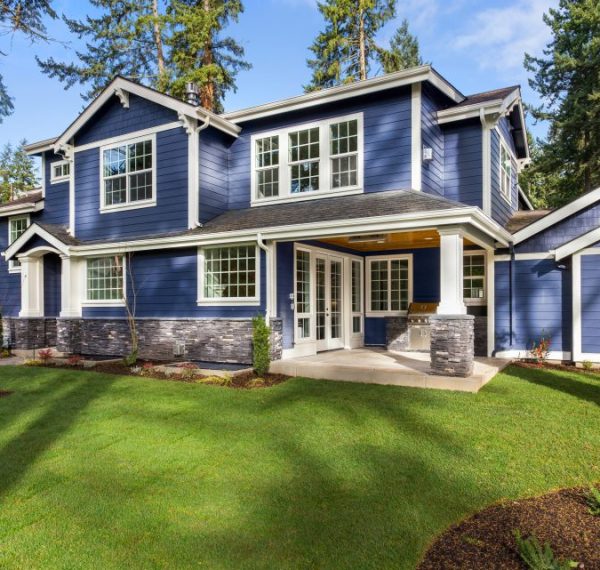If you are looking for a home in Santa Clara, one can make the argument that all the foundations have problems or more accurately have soil problems.
So often when buyers hear of a home having “foundation problems” they don’t bother to take a second look. I suppose thats due to ignorance and fear about foundations. You see most foundation problems, aren’t really problems with the foundations, but repairable and tuneable features of a home that have gotten out of whack. Sometimes that results in cracks in the foundation walls that need to be sealed, or excessively slopped floors that need to be adjusted. Either way, if the foundation was designed well and the home was well maintained then there should never be a foundation problem.
So often however homes have been neglected and excessive settling has occurred. Is it reason to panic and give up on a house, I don’t think so and here’s why. In order to understand this statement you have to understand what the purpose of a foundation is and what role it plays in being part of a house.
A foundation of any structure has two important roles, first to support the structure and secondly to prevent any excessive settlement.
Factors that determine the type and construction of the foundations are the strength and compressibility of the site soils and the proposed loading conditions of the project.
In Santa Clara we encounter expansive soils. Expansive soils contain minerals that are capable of absorbing water. When they absorb water they increase in volume. The more water they absorb the more their volume increases. Expansions of ten percent or more are not uncommon. This change in volume can exert enough force on a building or other structure to cause damage.
In these type of conditions one should seek a raised floor system, like the pier and beam foundations. These type of homes feature concrete foundation walls, piers, and a crawl space. Santa Clara pre 1960 homes are predominantly pier and beam. A raised wooden sub-floor containing wooden cross members known as beams is supported every 6-10 feet by either a wooden post or a concrete pier. Typically the posts and piers are buried 1-4 feet into the ground. Sometimes the wooden posts rested on a concrete slab that is placed on the surface of the ground. Typically the perimeter of the house is supported by a 2 – 4 foot high continuous concrete beam.
The exterior concrete beam is a blessing because it keeps rain water out from under the pier and house. Over the decades though, soil built up around the concrete perimeter and under the home may experience the build up of water. Following a heavy rain, in a pier and beam house, doors and windows may become stuck, and walls develop minor cracks.
Why will a pier and beam house move after a rain? Because poor drainage allows water to accumulate or pass under the crawl space, causing the clay soil to expand. A soil moisture increase under a pier will cause it to heave. If clay soil becomes saturated, it loses the ability to support one or more piers and the effected piers will sink.
Some of the other problems that can arise in a pier and beam foundation include: wood rot in beams of posts, warped beams, broken beams or joists, and termite damage.
Althought there are a number of problems that can affect a pier and beam founda dation, to this day pier and beam houses have proven to be reliable structures, with occasional foundation repair requiring shimming, post replacement, extra beam support, replacing damaged beams, joists and sill plates, or adding additional support.





